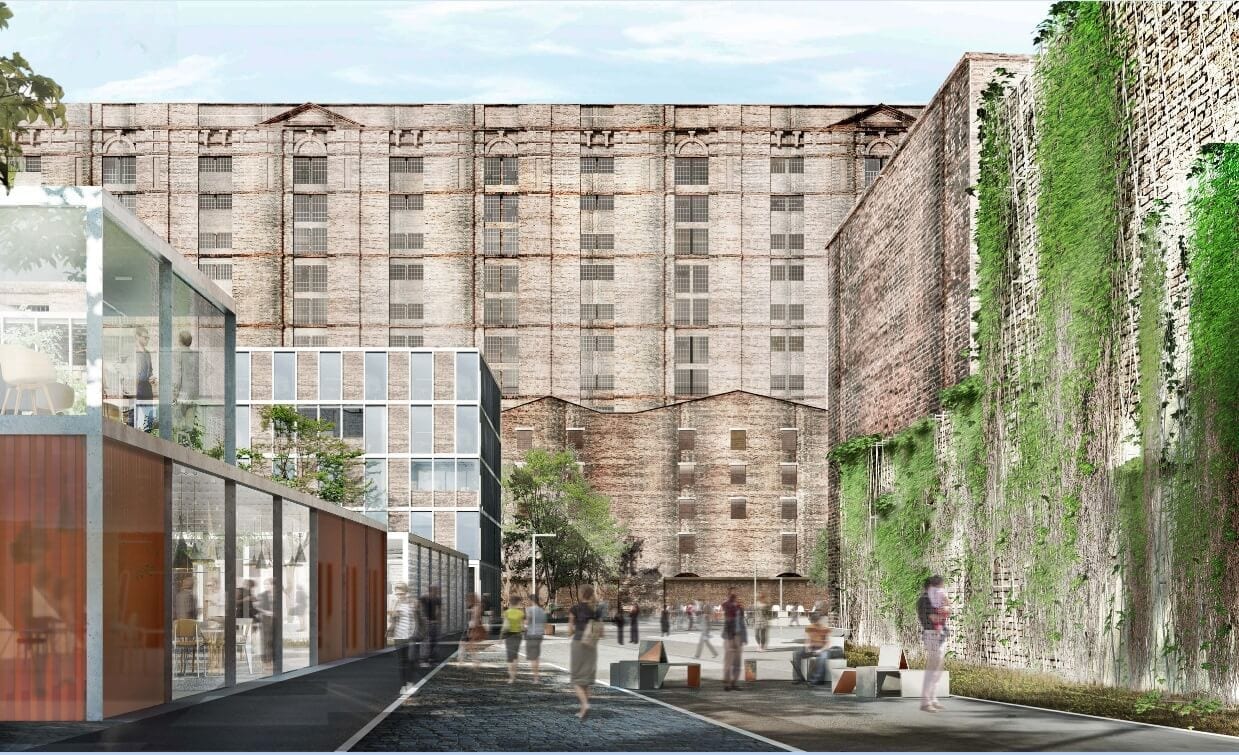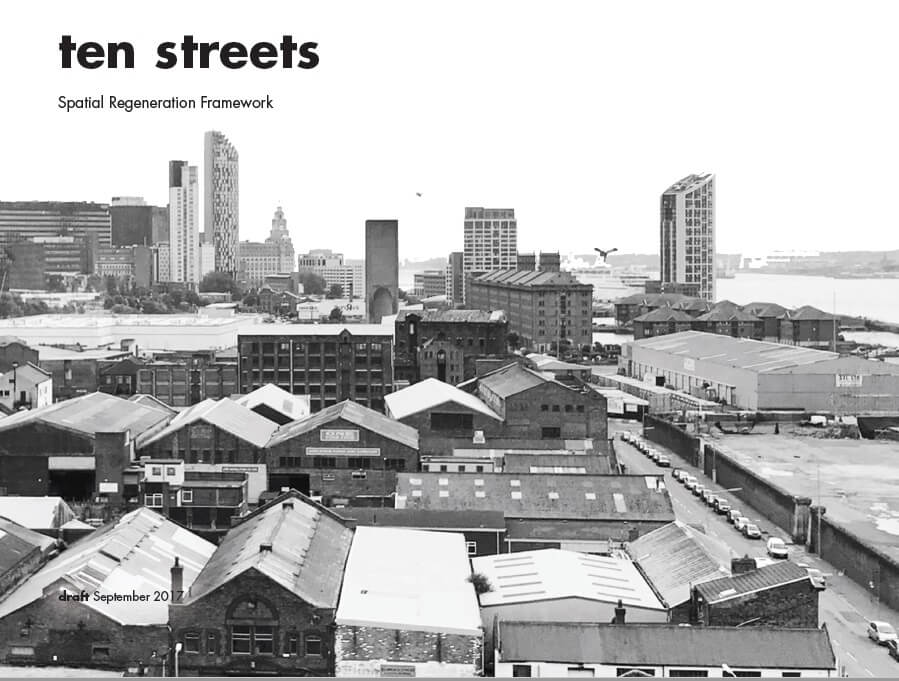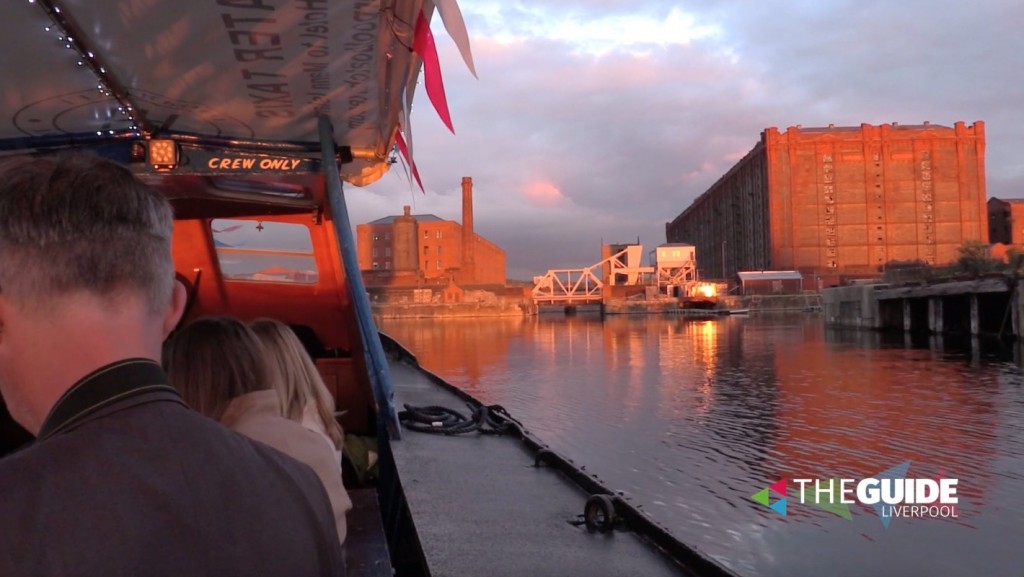
Culture
Plans for Liverpool’s new creativity district on our Docks coming together
8 years ago

The dramatic transformation of 125 acres of former docklands in Liverpool is to take a major step forward next week.
Liverpool City Council’s Cabinet is set to approve a new planning policy on Friday, 9 February that will shape the development of a creativity district in the Ten Streets area of north Liverpool, which could generate up to 2,500 new jobs.
Following a public consultation last Autumn, a report to the cabinet is recommending the adoption of a Supplementary Planning Document (SPD) which sets the design and development principles to guide the site’s future growth over the next 15 – 20 years.
The SPD document will assist in the determination of all future planning applications and any potential use of the council’s Compulsory Purchase Orders – both in the Ten Streets creativity district and surrounding areas, which have been set out into six distinct buffer zones running from Leeds Street in the south to the land adjacent to Bramley Moore Docks in the north.
Liverpool City Council procured HOW Planning and shedkm to undertake the task of shaping the Ten Streets Spatial Regeneration Framework, which means the city can place conditions on design and height of new developments in the area as well as ensuring commercial development and affordable rents within the Ten Streets district are protected.
Joe Anderson, Mayor of Liverpool, said: “Ten Streets has a huge potential to transform North Liverpool and this new planning policy will ensure we have the building blocks to guide its direction.
“The whole area is on the brink of a very bright furture, especially when you consider the investment the council is making in the surrounding infrastructure as well as Peel’s investment in Liverpool Waters and Everton’s intentions for nearby Bramley Moore Dock.”
The Ten Streets vision, launched almost exactly 1 year ago, unveiled 10 big ideas to regenerate the northern edge of the city centre and the landmark Tobacco warehouse at Stanley Dock, which lies within Liverpool’s World Heritage Site.
The proposed creativity district lies within the poorest ward in the UK – Kirkdale – has the potential for up to 1 million square foot of development and the council is keen to attract creative companies and enterprises to flourish alongside artistic organisations.
Situated on Liverpool’s Atlantic Corridor, next to Peel’s £5.5bn is a key part of the city’s big picture regeneration vision to deliver £14 billion of investment and create 40,000 new jobs over the next ten years.
As a predominantly creative and employment district, the proposals for Ten Streets will complement other emerging employment areas like the Knowledge Quarter and Liverpool Waters.
Liverpool City Council has already made a big commitment to improving transport infrastructure in the area and is currently investing £100m in upgrading the roads, creating a new cruise terminal and is in talks to establish new rail connections.
The city council also approved Regional Growth Fund to be invested in The Kazimier’s Invisible Wind Factory which is seen as one of the primary creative incubators in the district. Other key partners in the Ten Streets scheme also include Harcourt Developments, owners of Stanley Dock.












 Subscribe
Subscribe Follow Us
Follow Us Follow Us
Follow Us Follow Us
Follow Us Follow Us
Follow Us Follow Us
Follow Us











